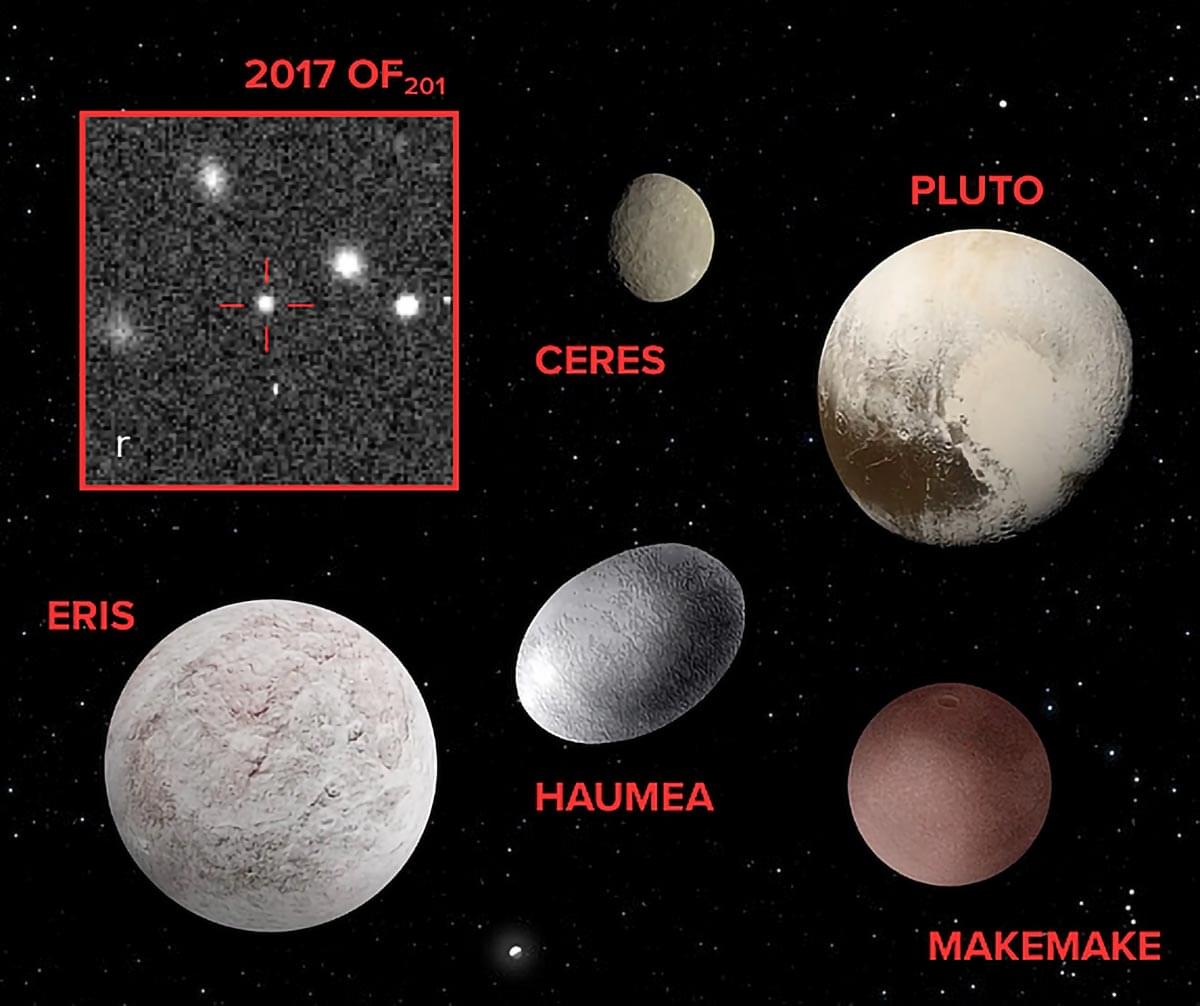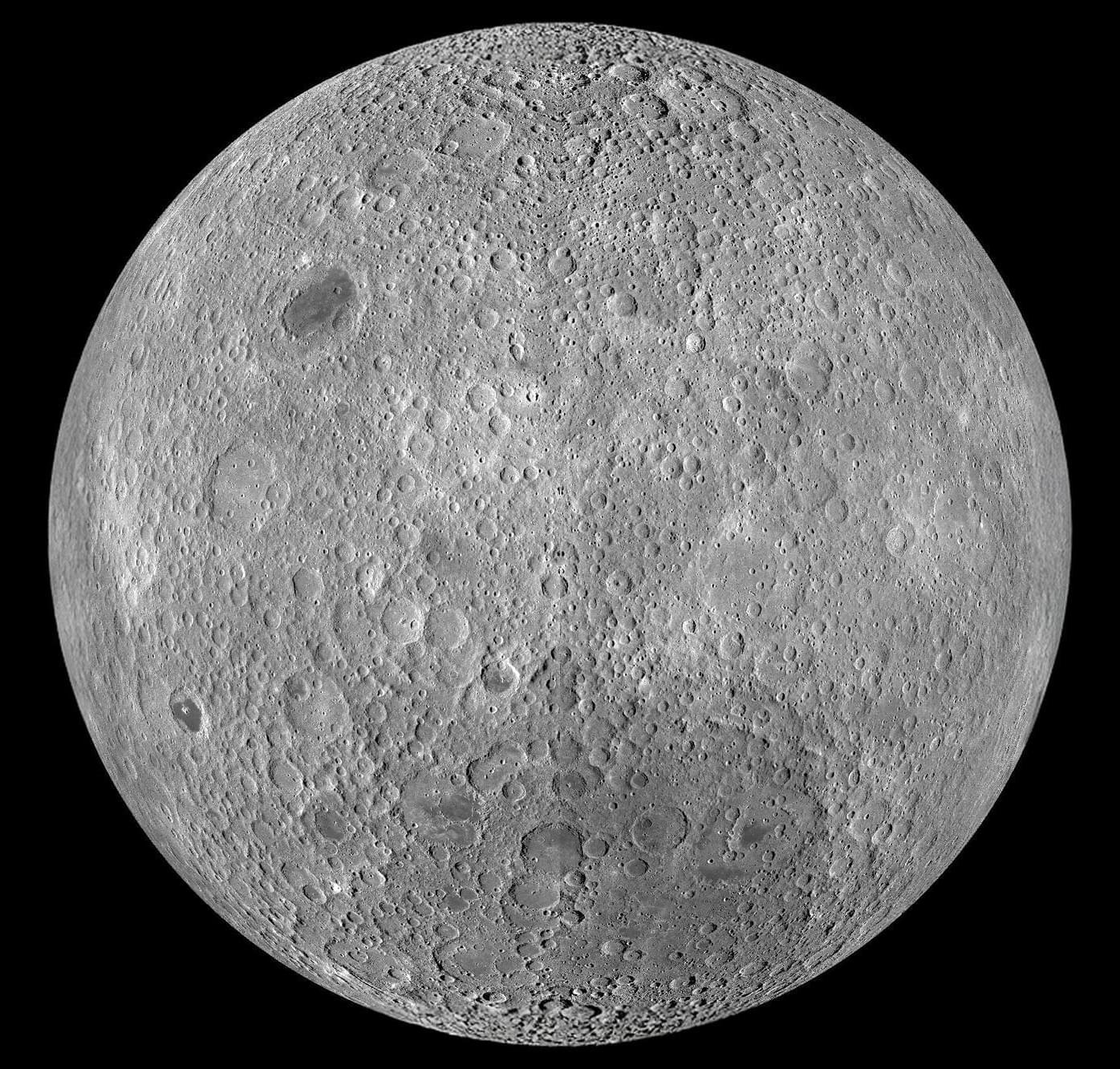In a breakthrough study published in Nature Astronomy, researchers have discovered a new origin for some of the fastest stars ever observed: hypervelocity white dwarfs—compact stellar remnants hurtling through space faster than 2000 km/s.


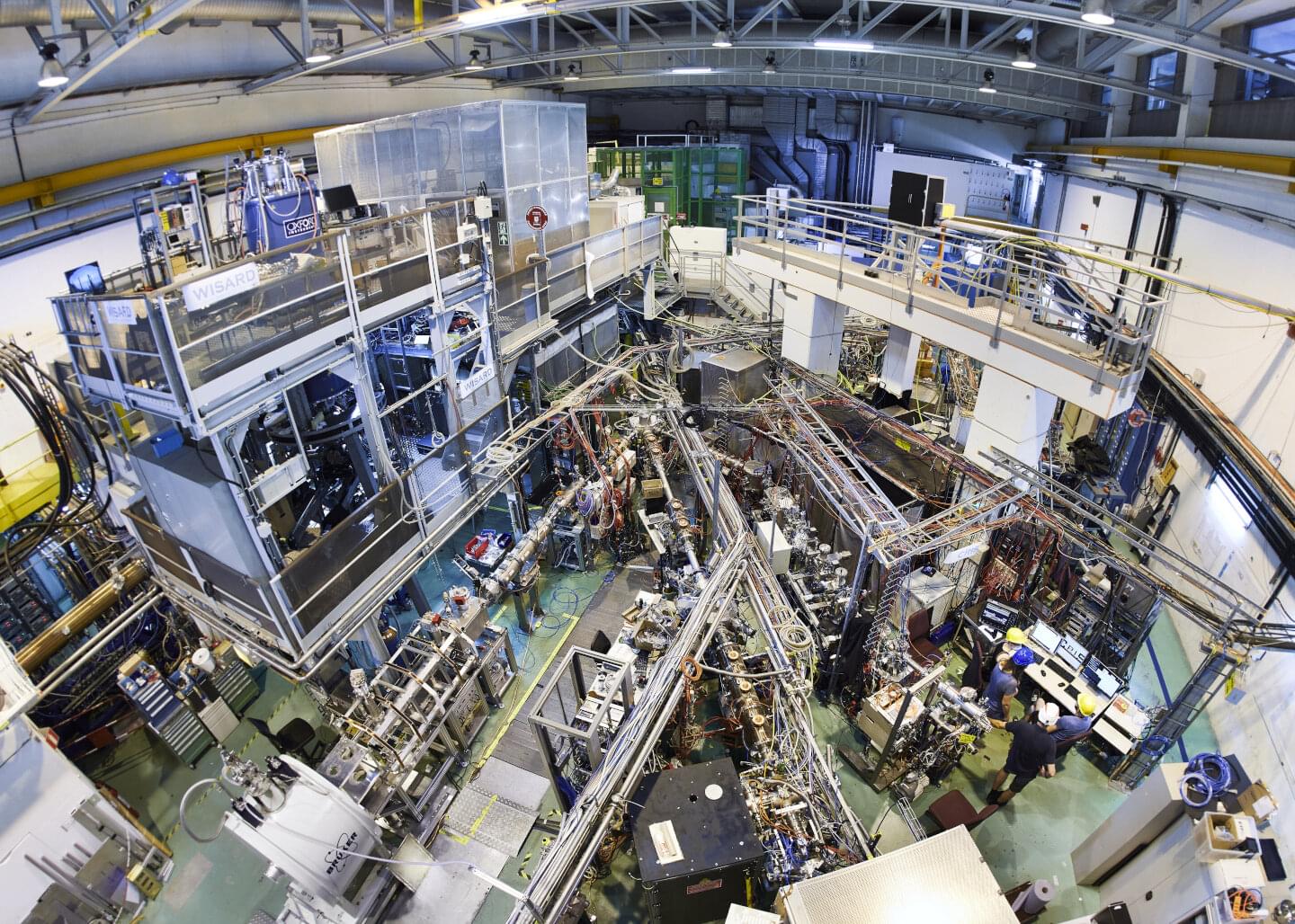
An experiment carried out at CERN’s ISOLDE facility has determined the western shore of a small island of atomic nuclei, where conventional nuclear rules break down.
The atomic nucleus was discovered over a century ago, yet many questions remain about the force that keeps its constituent protons and neutrons together and the way in which these particles pack themselves together within it.
In the classic nuclear shell model, protons and neutrons arrange themselves in shells of increasing energy, and completely filled outer shells of protons or neutrons result in particularly stable “magic” nuclei. But the model only works for nuclei with the right mix of protons and neutrons. Get the wrong mix and the model breaks down.
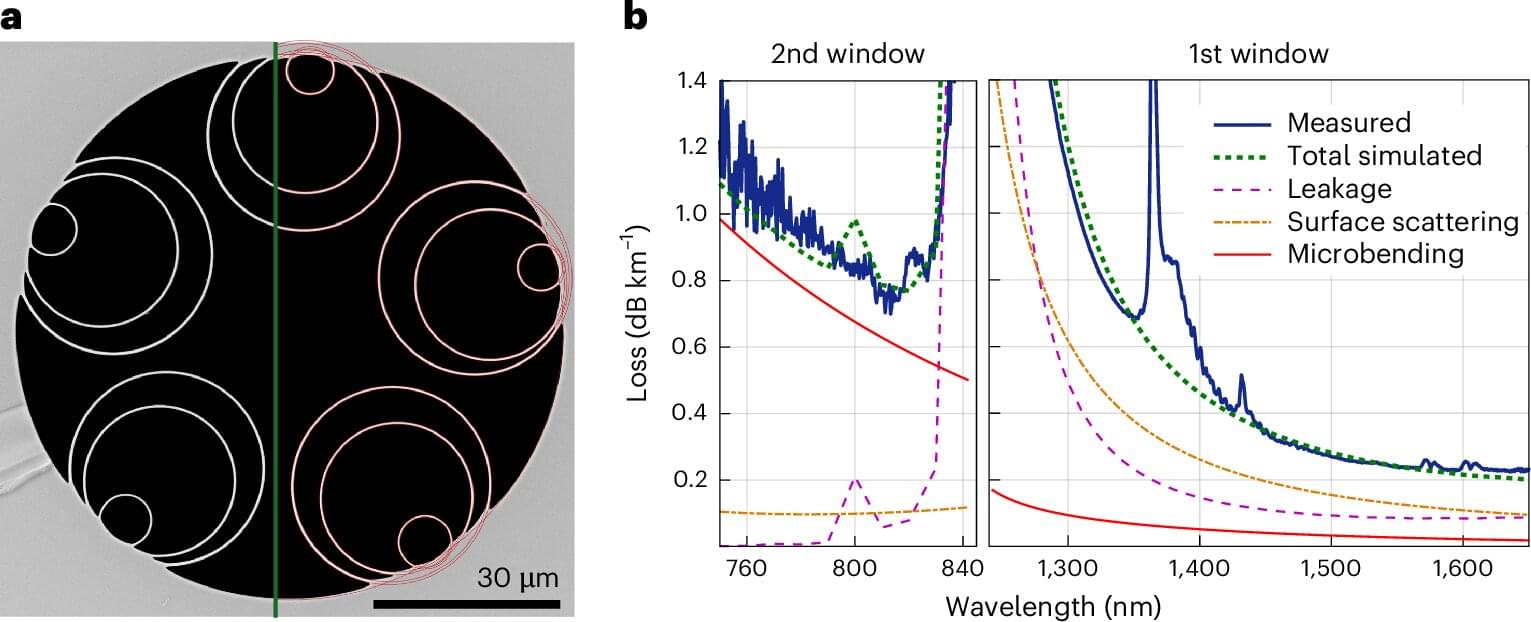
Despite the modern world relying heavily on digital optical communication, there has not been a significant improvement in the minimum attenuation—a measure of the loss of optical power per kilometer traveled—of optical fibers in around 40 years. Decreasing this loss would mean that the signal could travel further without being amplified, leading to more data being transmitted over longer distances, faster internet and more efficient networks.
Current fibers transmit light through silica cores, which have limited room for loss improvement. Another option is the hollow-core fiber (HCF), which theoretically allows for faster speeds due to the ability of light to travel faster through air than through silica. Still, scientists struggled to design HCFs that actually performed better than silica-based cables. In most cases, the attenuation was worse or the design was impractical.
But now, researchers from the University of Southampton and Microsoft claim to have made a breakthrough in HCF design in a recently published study in Nature Photonics. The new fiber achieves a record low loss of 0.091 dB/km at 1,550 nm, compared to a 0.14 dB/km minimum loss for silica-based fibers. The new design maintains low losses of around 0.2 dB/km over a 66 THz bandwidth and boasts 45% faster transmission speeds.
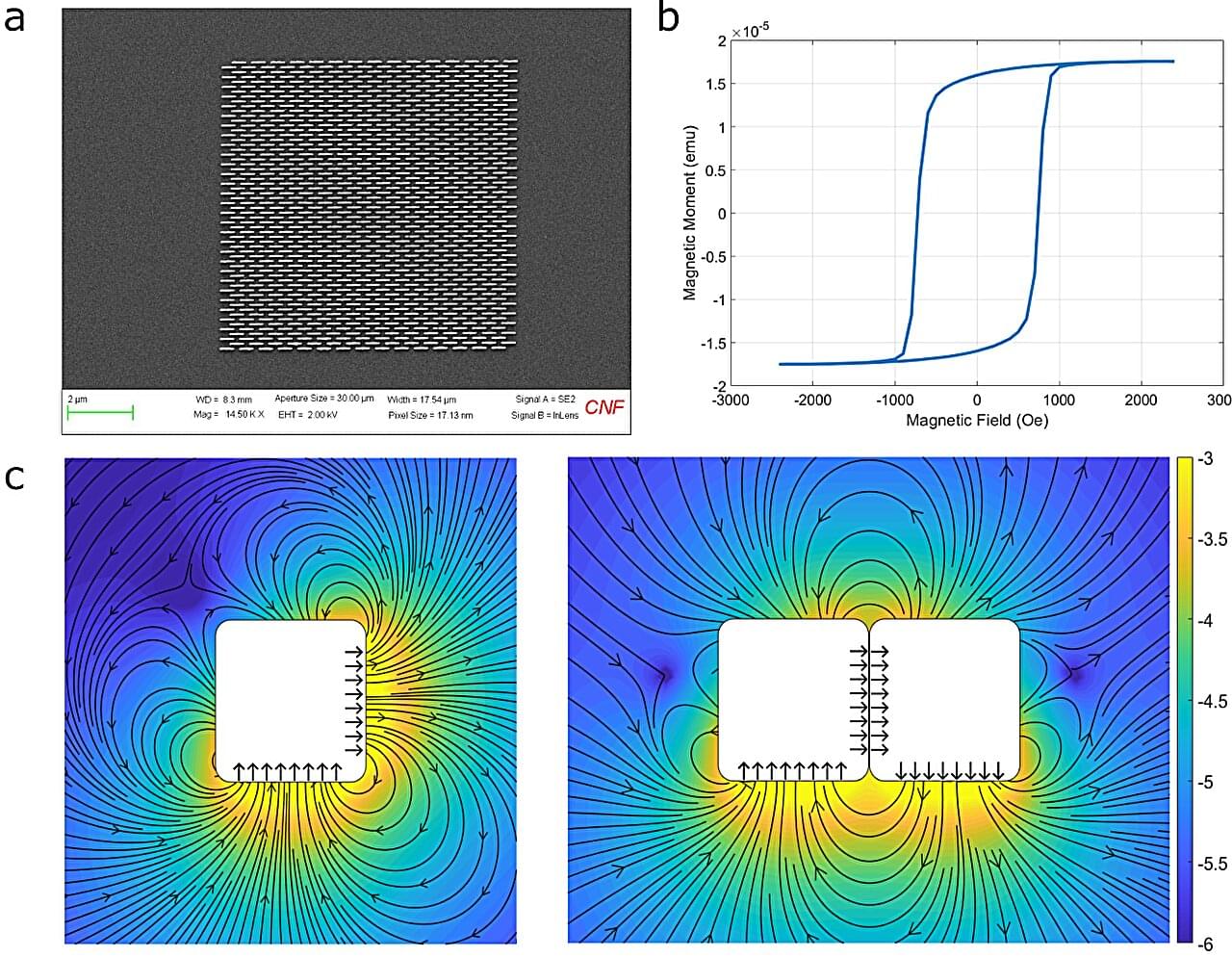
Everybody makes mistakes. Biology is no different. However, living organisms have certain error-correction mechanisms that enable their biomolecules to assemble and function despite the defective slough that is a natural byproduct of the process.
A Cornell-led collaboration has developed microscale magnetic particles that can mimic the ability of biological materials such as proteins and nucleic acids to self-assemble into complex structures, while also selectively reducing the parasitic waste that would otherwise clog up production.
This magnetic assembly platform could one day usher in a new class of self-building biomimetic devices and microscale machines.
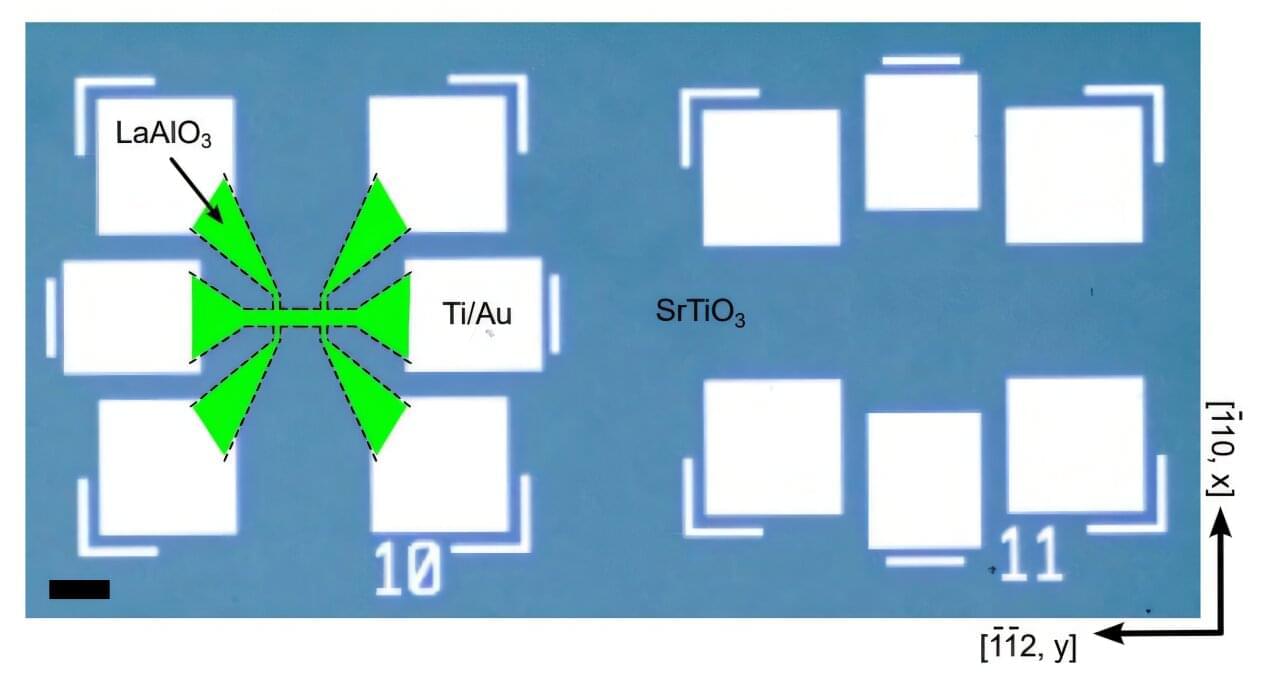
How can data be processed at lightning speed, or electricity conducted without loss? To achieve this, scientists and industry alike are turning to quantum materials, governed by the laws of the infinitesimal. Designing such materials requires a detailed understanding of atomic phenomena, much of which remains unexplored.
A team from the University of Geneva (UNIGE), in collaboration with the University of Salerno and the CNR-SPIN Institute (Italy), has taken a major step forward by uncovering a hidden geometry—until now purely theoretical—that distorts the trajectories of electrons in much the same way gravity bends the path of light. The work, published in Science, opens new avenues for quantum electronics.
Future technologies depend on high-performance materials with unprecedented properties, rooted in quantum physics. At the heart of this revolution lies the study of matter at the microscopic scale—the very essence of quantum physics. In the past century, exploring atoms, electrons and photons within materials gave rise to transistors and, ultimately, to modern computing.
